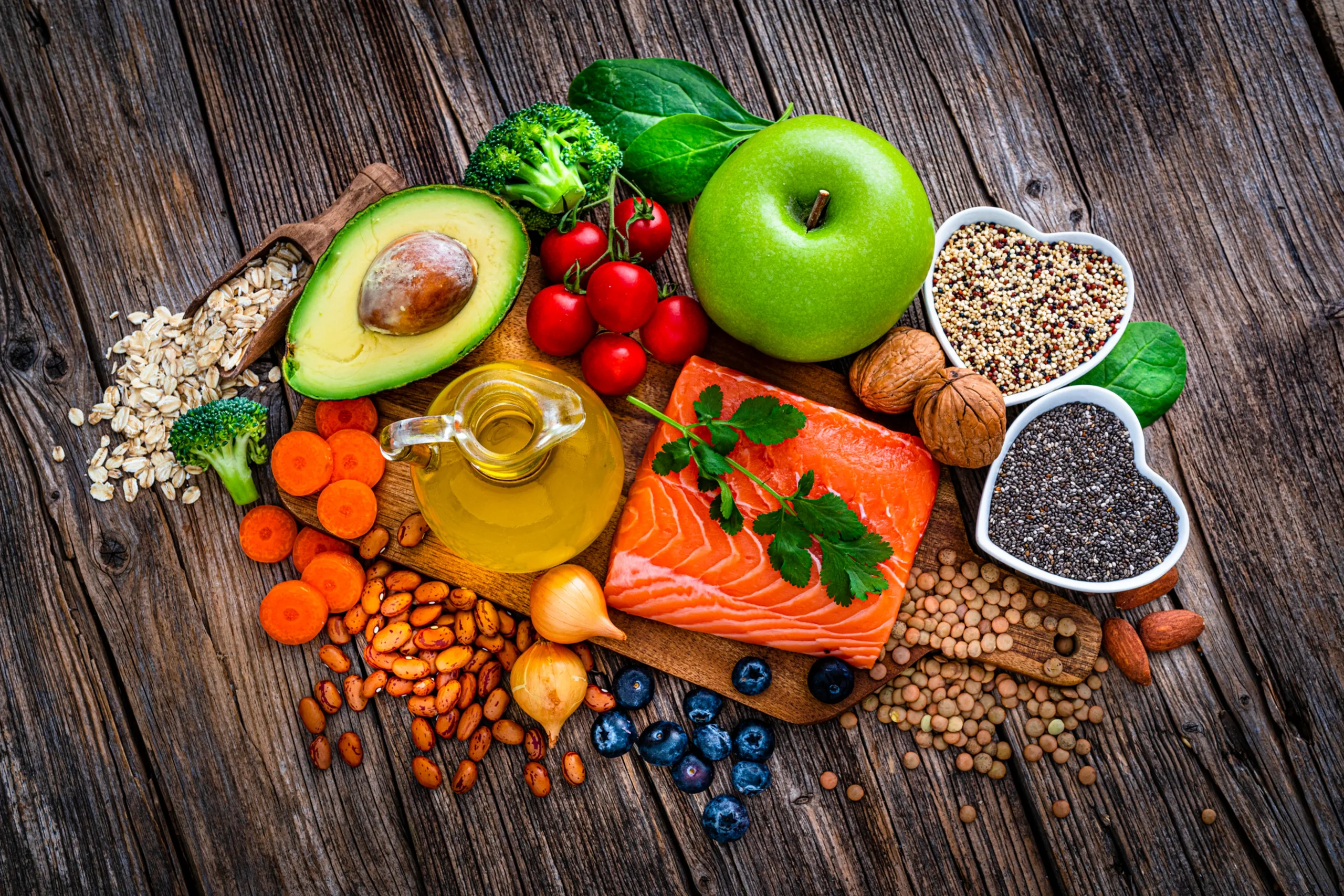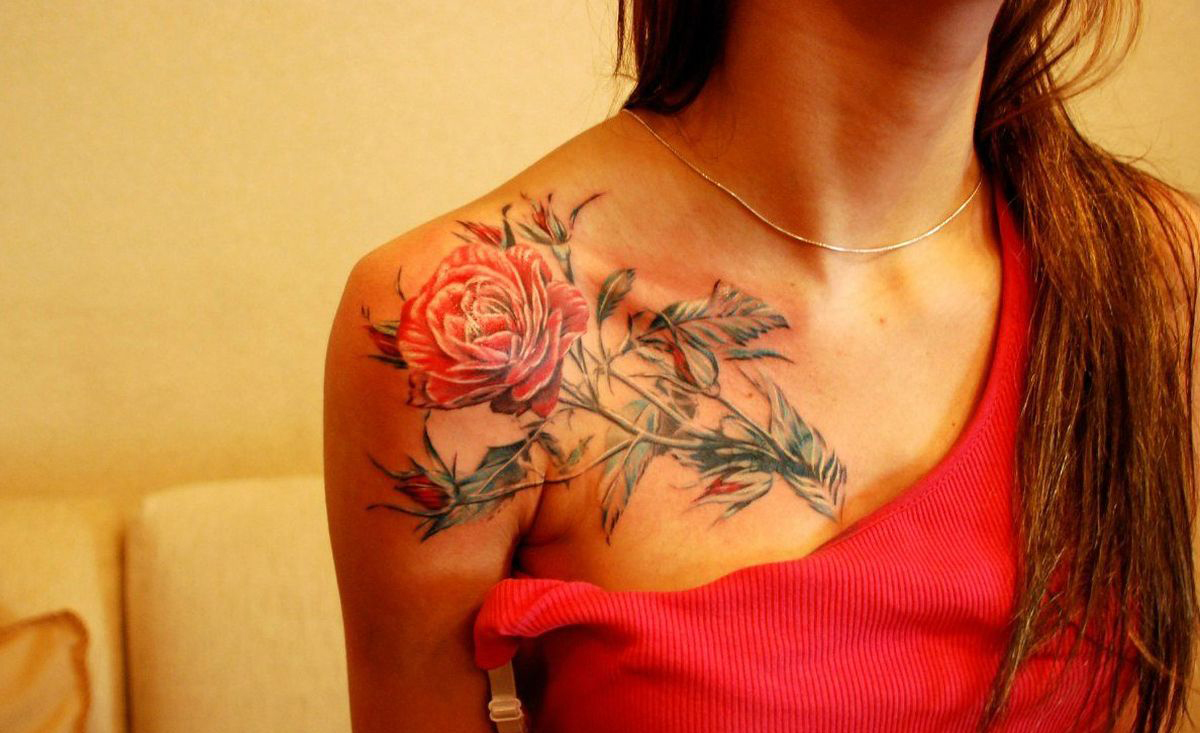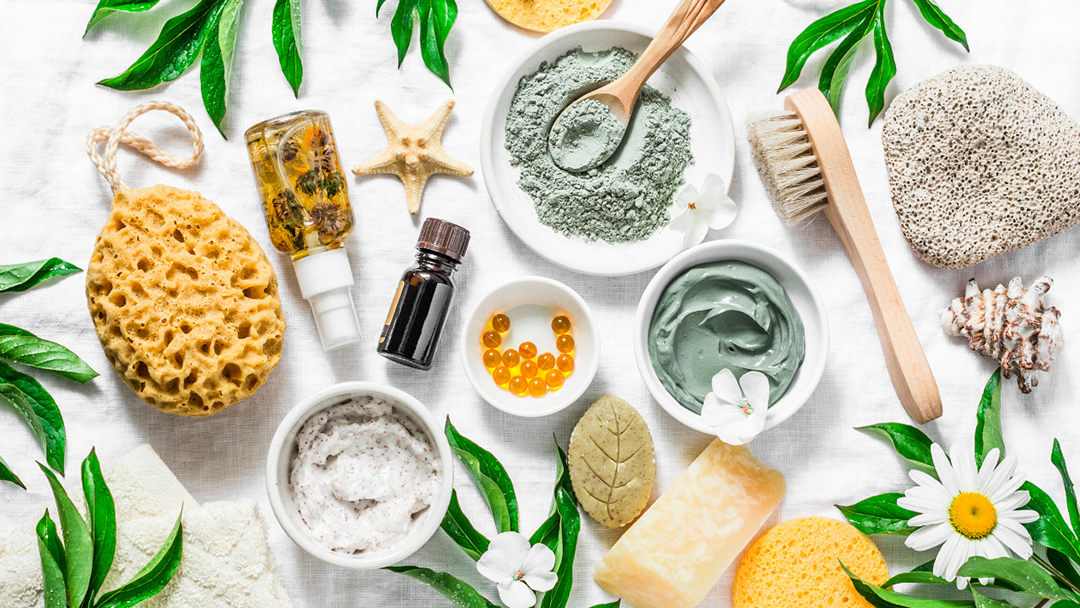The Matcha Hype Is Cooling, And Hojicha Is Stepping Into The Cafe Culture Spotlight
For years, matcha has hogged the limelight, strutting across Instagram feeds in vibrant green glory. Cafés everywhere fell over themselves to put it in lattes, cakes, and anything else that would stand still long enough to be dusted with it. And then, while no one was looking, along came Hojicha: a roasted Japanese green tea with a colour closer to autumn leaves than spring grass, and with the sort of gentle, toasty aroma that makes you instinctively sigh in relief. It didn’t arrive with hashtags and influencers. It simply walked in, smelling faintly of campfires and comfort, and sat down at the back of the café. Now, it’s having a moment of its own.
The Origins of Hojicha
Like most good Japanese food stories, Hojicha’s tale begins long before the drink itself was even imagined. Green tea first reached Japan during the Nara period (AD 710–794) courtesy of Buddhist monks, who found it perfect for meditation; partly because of its calming qualities, and partly because drinking hot tea is a great way to keep yourself awake while chanting at 4 am! The royals caught on during the Heian period, thanks to Emperor Saga’s enthusiastic endorsement, and by 1211 the Zen master Myōan Eisai had published Kissa Yojoki (How to Stay Healthy by Drinking Tea), ensuring that everyone (from aristocrats to farmers) was clinking cups in solidarity.
Centuries later, with Japan opening its ports in the late Edo period, green tea became a major export, fueling the nation’s industrial boom. Fast forward to Kyoto in the 1920s, where a thrifty tea merchant decided to roast leftover leaves, stems, and twigs over charcoal instead of tossing them. The result was Hojicha: smoky, mellow, and utterly unlike the grassy bite of other green teas. Soon, tea shops across Japan were roasting their own.
Hojicha vs. Matcha
If Matcha is a spring meadow, Hojicha is a late autumn forest. Matcha dazzles with its bright green powder, a vegetal aroma, and a flavour that swings between grassy umami and a hint of bitterness. Hojicha, by contrast, is brown (sometimes a soft chestnut hue, sometimes nearly copper, depending on which part of the plant was used and how long it was roasted). Where Matcha comes from carefully shaded tencha leaves stone-ground into a fine powder, Hojicha starts life as ordinary bancha, sencha, or kukicha, roasted slowly to coax out caramel notes and remove bitterness entirely. The result is smooth, sweet, and faintly reminiscent of cocoa.
Even preparation feels more forgiving. Matcha insists on precise water temperature (no hotter than 80°C), a bamboo whisk, and the patience to beat it into a silky foam. Hojicha powder (while equally whiskable) shrugs off such fuss. And thanks to roasting, its caffeine content plummets, making it the rare tea you can sip before bed without lying awake regretting your life choices. Hojicha’s roasting process is the tea world’s equivalent of slow jazz, done traditionally in a porcelain pot over charcoal. Each batch has its own character, since the brewer can make small variations in timing or leaf type and produce noticeably different flavours.
Health Benefits Of Hojicha
Beyond its sensory charms, Hojicha is a wellness powerhouse. It’s brimming with antioxidants that mop up free radicals and, if you believe the optimistic reports, might help keep your skin youthful and your heart in good working order. L-Theanine, the same amino acid beloved in Matcha, works here too, boosting mental clarity while reducing stress, blood pressure, and cortisol levels.
Emerging research suggests it might even help regulate blood sugar, improve digestion, and support immune function… all while tasting like a toasted marshmallow got lost in a tea shop. And because Hojicha is easier on the stomach, it’s ideal after a meal or as a soothing bedtime ritual.
Read more:
- A Wake Up Call For Parents: At Least 93% Of Teenagers Are Leading Unhealthy Lifestyle, Eating Junk Food And Skipping Exercise; Study
- 5 Cheesecake Recipes That Will Melt In Your Mouth, From Choco-Hazelnut To Tiramisu Cheesecake
- Lunchtime Luck: Why You Should Never Schedule an Oral Exam Or Job Interview Before Coffee
Source link
Share this article:












